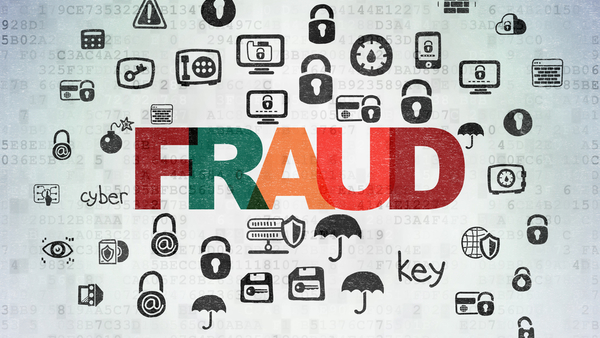
As lenders race to make mobile applications easy to use for the next generation of borrowers, they are increasing their risks of fraud losses in new ways, and facing costs that are difficult to predict.
Trying to put a number on the cost of fraud and get a better handle on the most effective means of thwarting fraud is the purpose of LexisNexis Risk Solutions’ annual “True Cost of Fraud Study.” This year the company surveyed 168 risk and fraud executives in lending institutions, and divided the group by size and extent of digital transactions.
Overall, for a $100 loan that is fraudulent, it costs the lender $282 in lost principal, interest, fees and collection costs.
“This is a pretty big deal,” said Lucien de Voux, director of digital economy strategy at LexisNexis Risk Solutions.
The risks and costs rose for lenders that LexisNexis defines as both large, those with at least $50 million in revenue, and digital, those with at least half their transactions completed online.
“It creates soft targets for fraudsters,” he said.
The anti-fraud measures most often used were card verification, PIN/signature, check verification, browser malware, and address verification.
Advanced identity verification layers most commonly employed were: device ID fingerprinting, geolocation, authentication by quizzes and customer profile databases.
Fraud transaction risk assessments were most often done by automated transaction scoring, real-time transaction tracking, transaction verification, rules-based filters and authentication by 3-D tools.
Among lenders that depended only on the core measures, successful frauds were 53% of all attempts for traditional and 56% among digital. Successful fraud attempts among companies that added additional layers of security fell to 36% for traditional and 22% for digital companies.
Traditional lenders using only core anti-fraud measures had a LexisNexis Fraud Multiplier of 3.4, and average fraud costs of 2.8% of revenue. Those employing additional layers of security have a 2.4 multiplier and 1.1% average fraud costs.
The difference with layering was not as stark among digital lenders. Those using only core anti-fraud measures had a multiplier of 2.7, and average fraud costs of 1.8% of revenue. Those employing additional layers of security have a 2.5 multiplier and 1.7% average fraud costs.
The differences are enough to provide a significant cost benefit with an investment in additional security, de Voux said. Lenders that invest in fraud prevention see a distinct drop-off in fraud rates.
“The reality is that when the solutions are deployed, it’s not very expensive,” he said. The cost of implementation is less important than how much it taxes members’ experience. Security measures can be too tight when they create so much customer friction that they go elsewhere, de Voux said.
The companies were asked, “In a typical month, approximately how many fraudulent transactions are prevented by your company?” and “In a typical month, approximately how many fraudulent transactions are successfully completed?”
Among large digital companies, 501 out of 1,959 attempts were successful. Among small to mid-size digital companies 129 out of 413 attempts were successful.
The average value of fraudulent transactions is also higher for larger digital lenders than for others
At large digital companies, the average successful scam was $750, amounting to an average direct cost of $375,750 per month, or $5.1 million a year. Those foiled were worth an average of $3,478. Successes represented about 7% of the total value of attempts.
At smaller companies, successes were $376, while thwarted attempts were $2,641 each. That added up to a direct cost of $48,504 a month, or $582,048 a year, and a dollar-weighted success rate of about 6%.
This drove large digital lenders’ fraud costs higher, about 2.2% of revenue, compared with 1.8% for smaller companies.
Right now, big lenders have more to worry about. But as the big lenders toughen their protections, smaller lenders will look more attractive, de Voux said.
“Fraudsters go after soft targets,” he said. “They will go from large to small lenders.”


